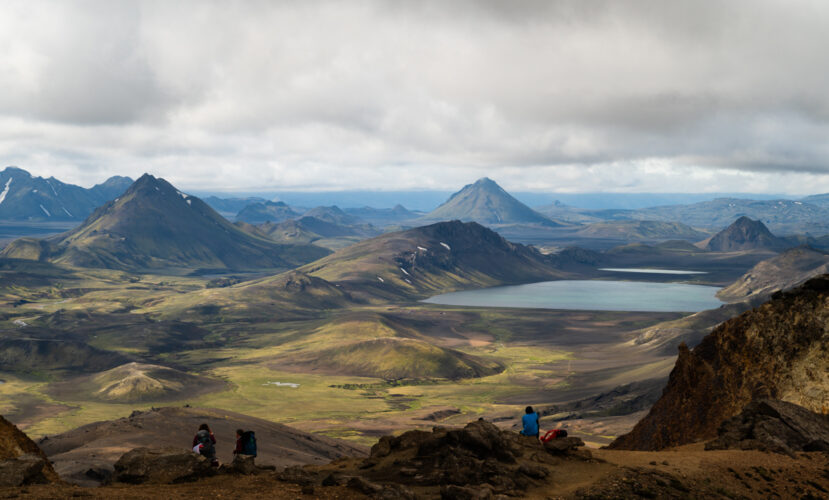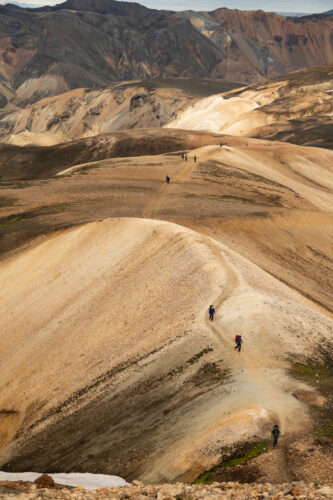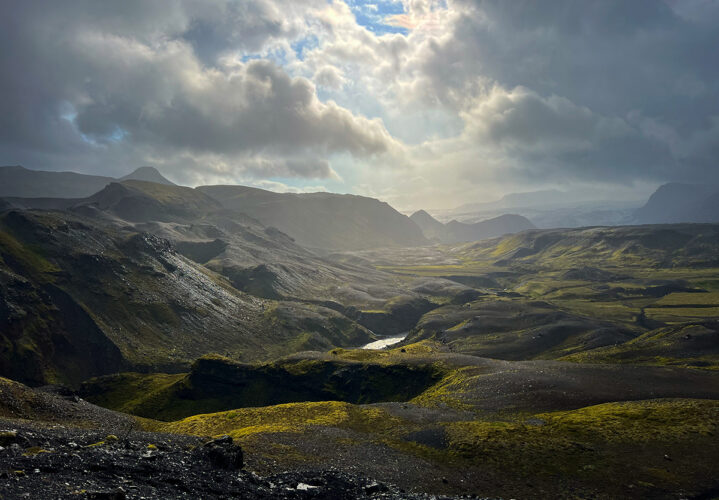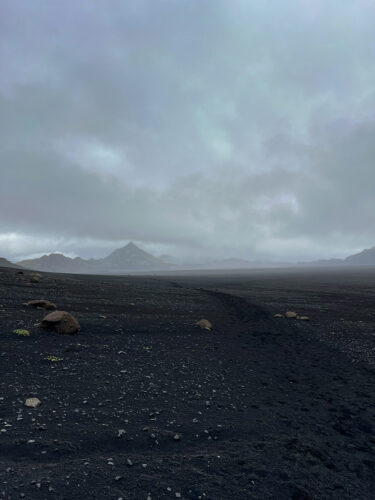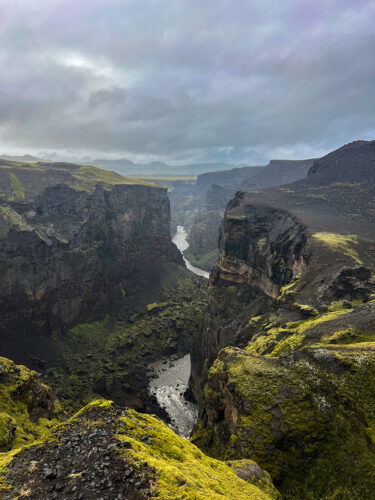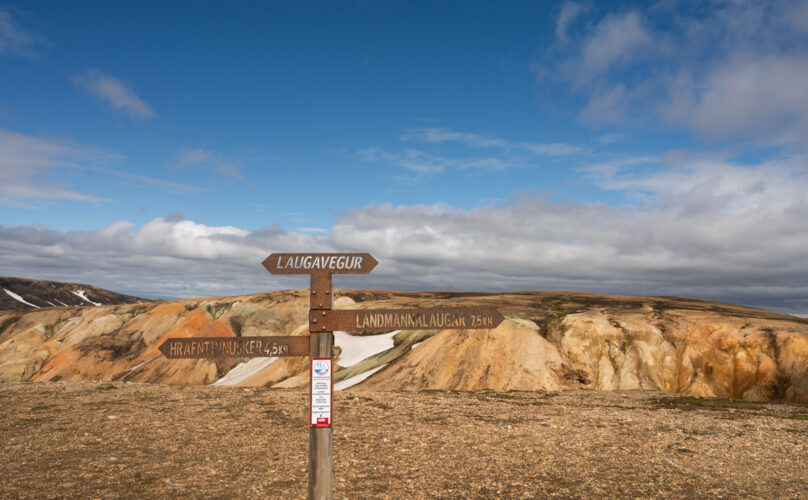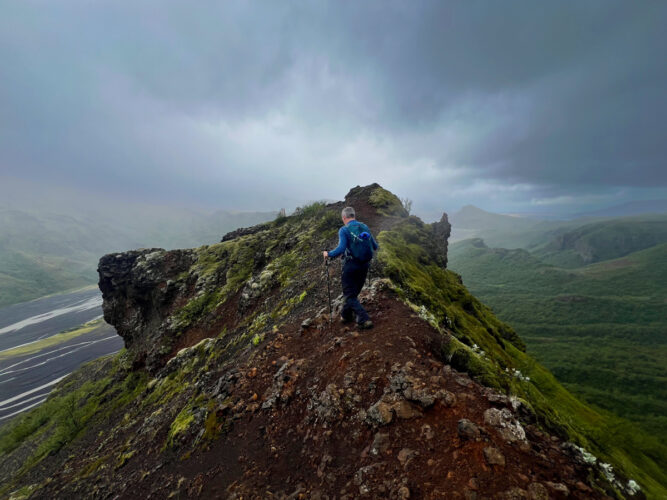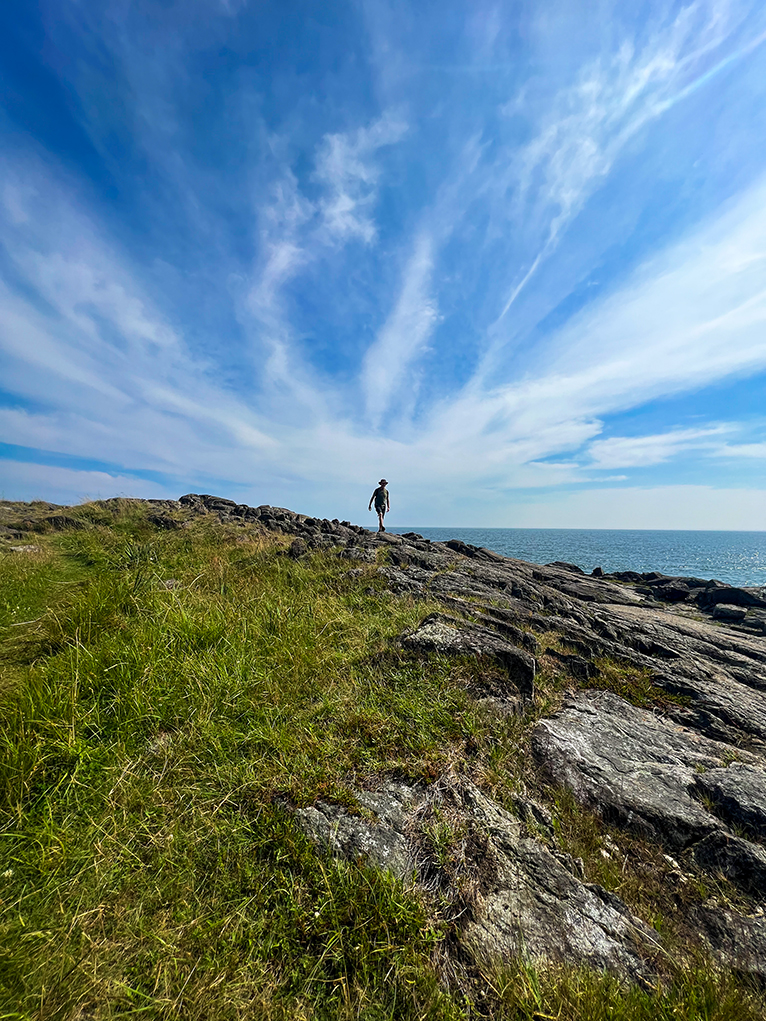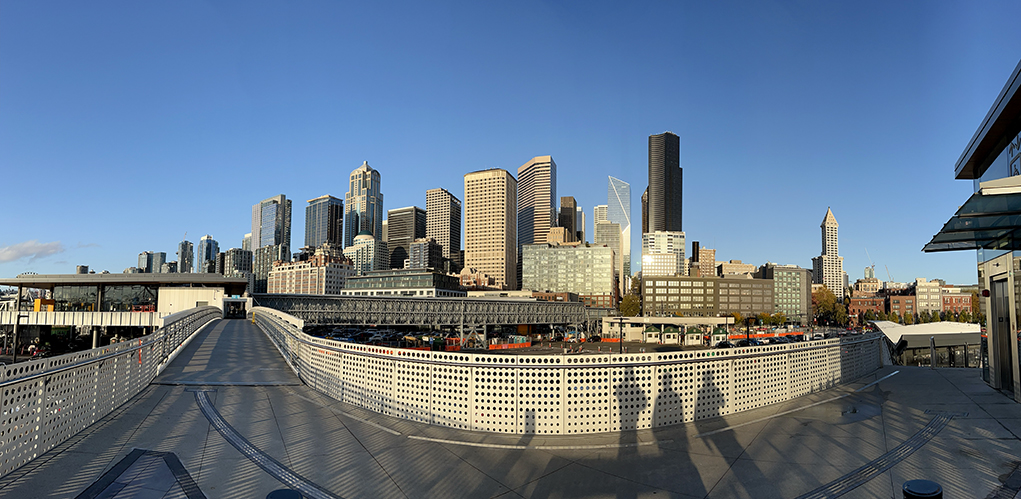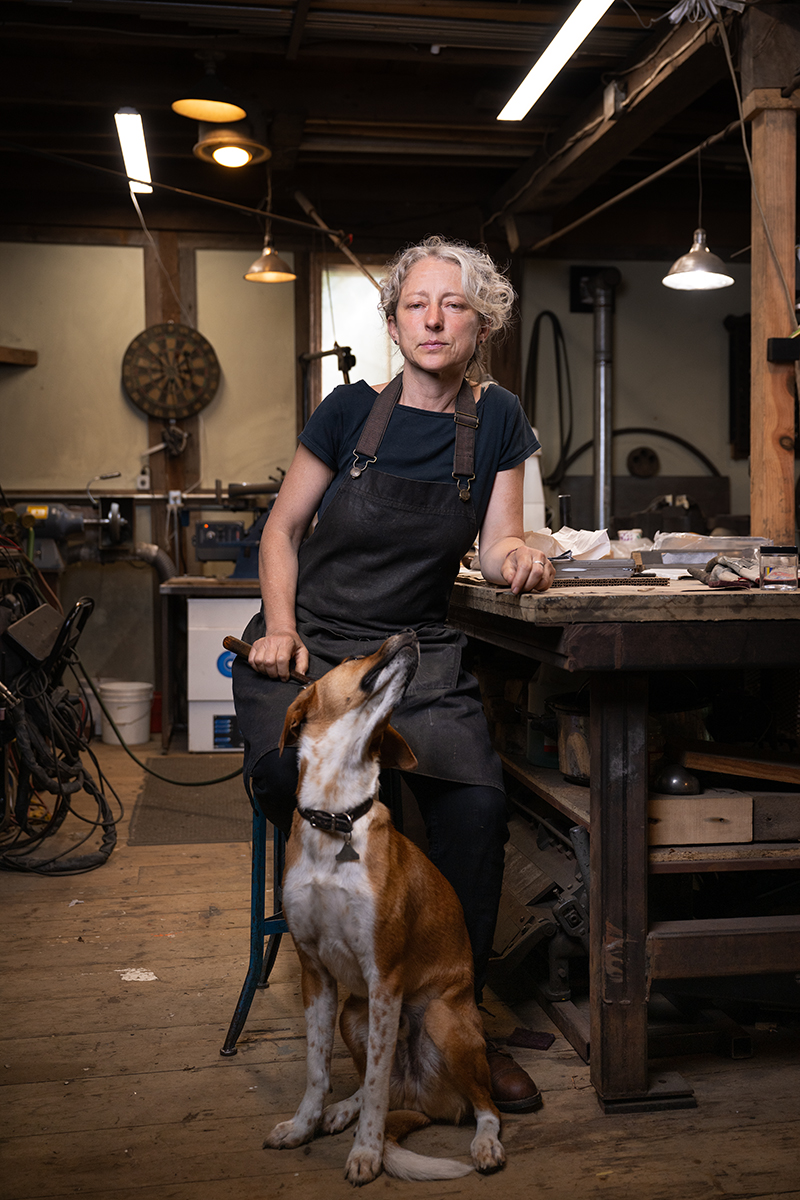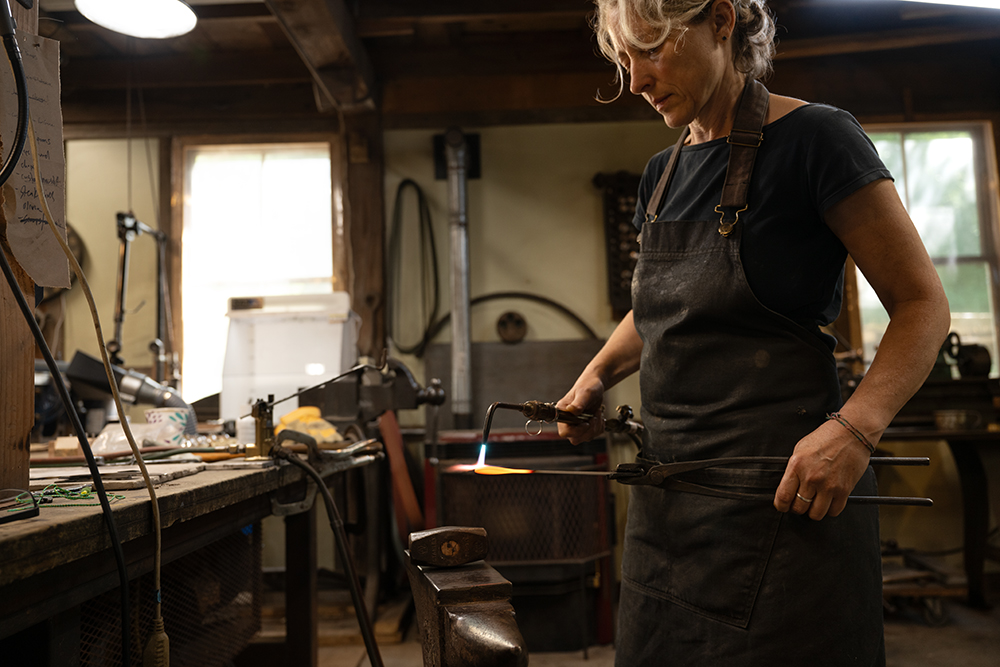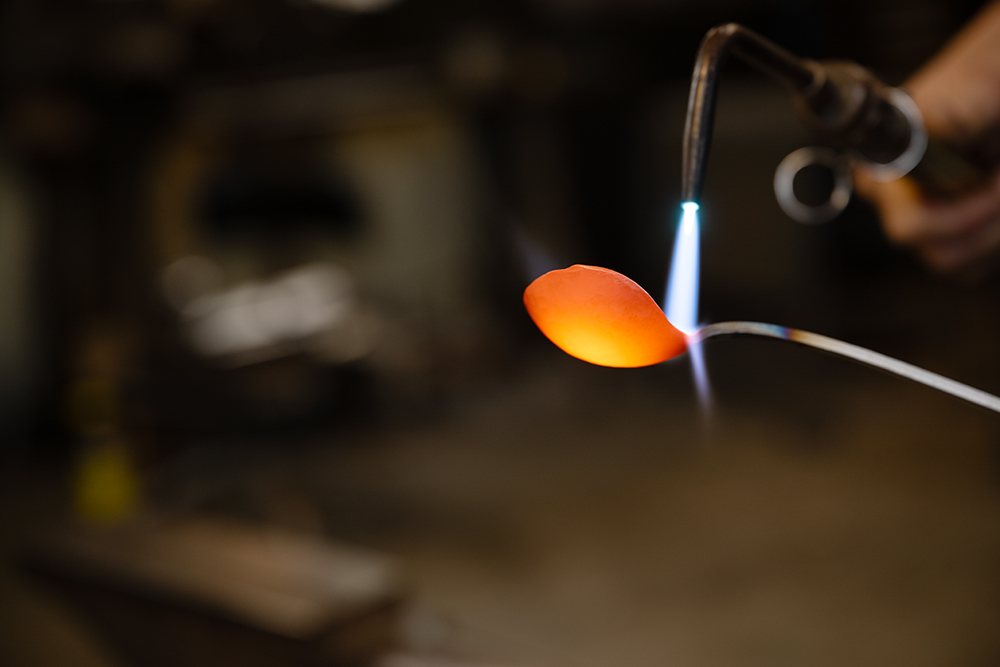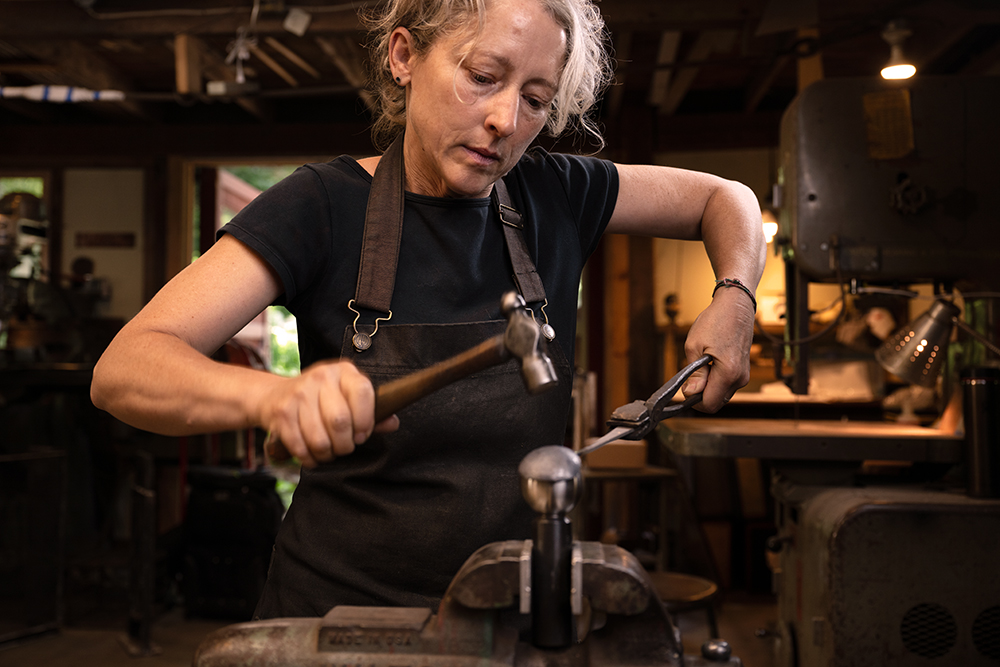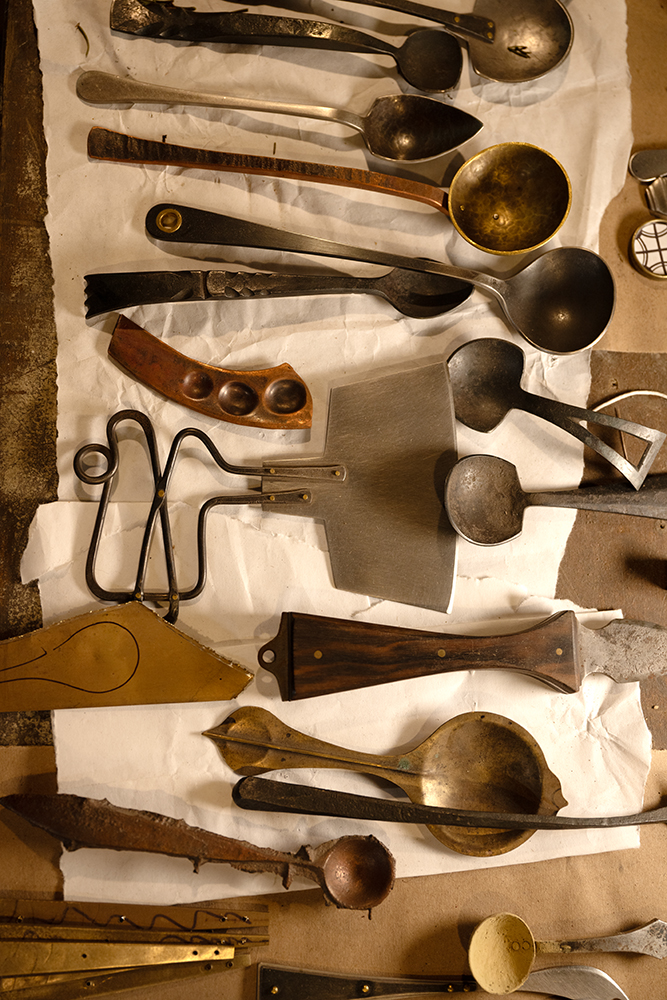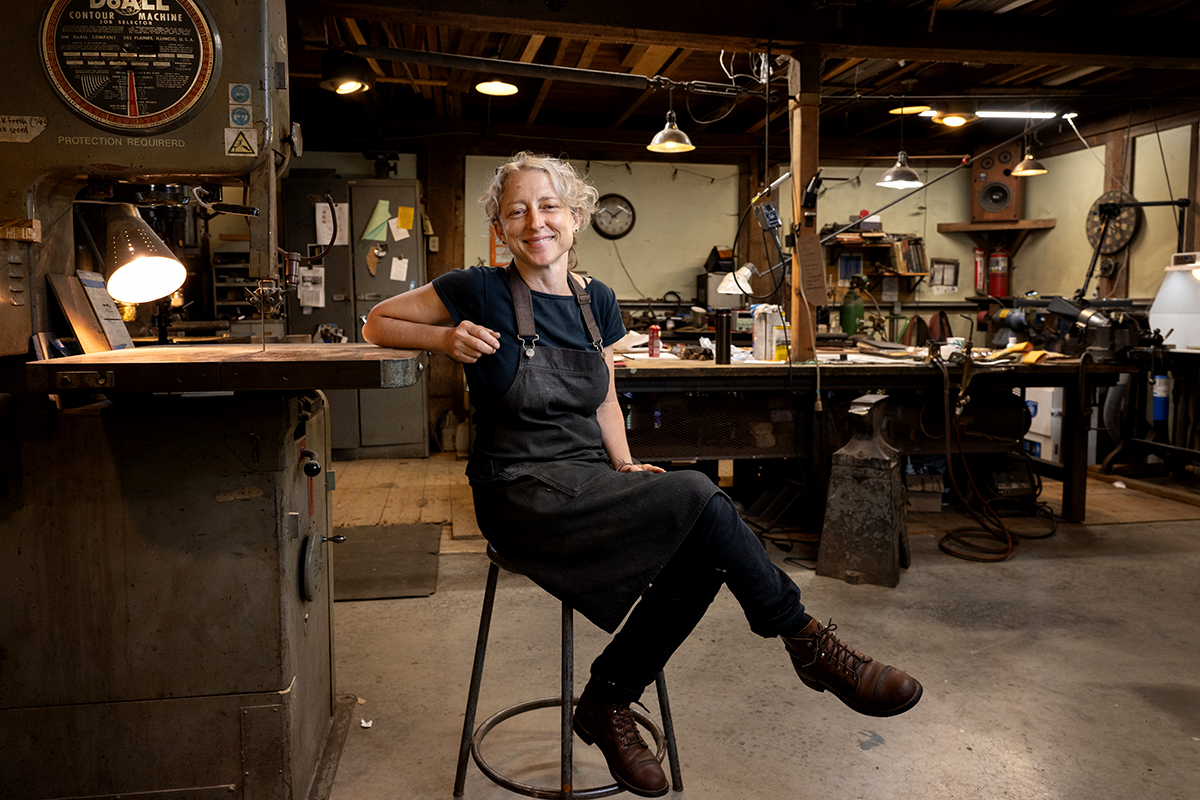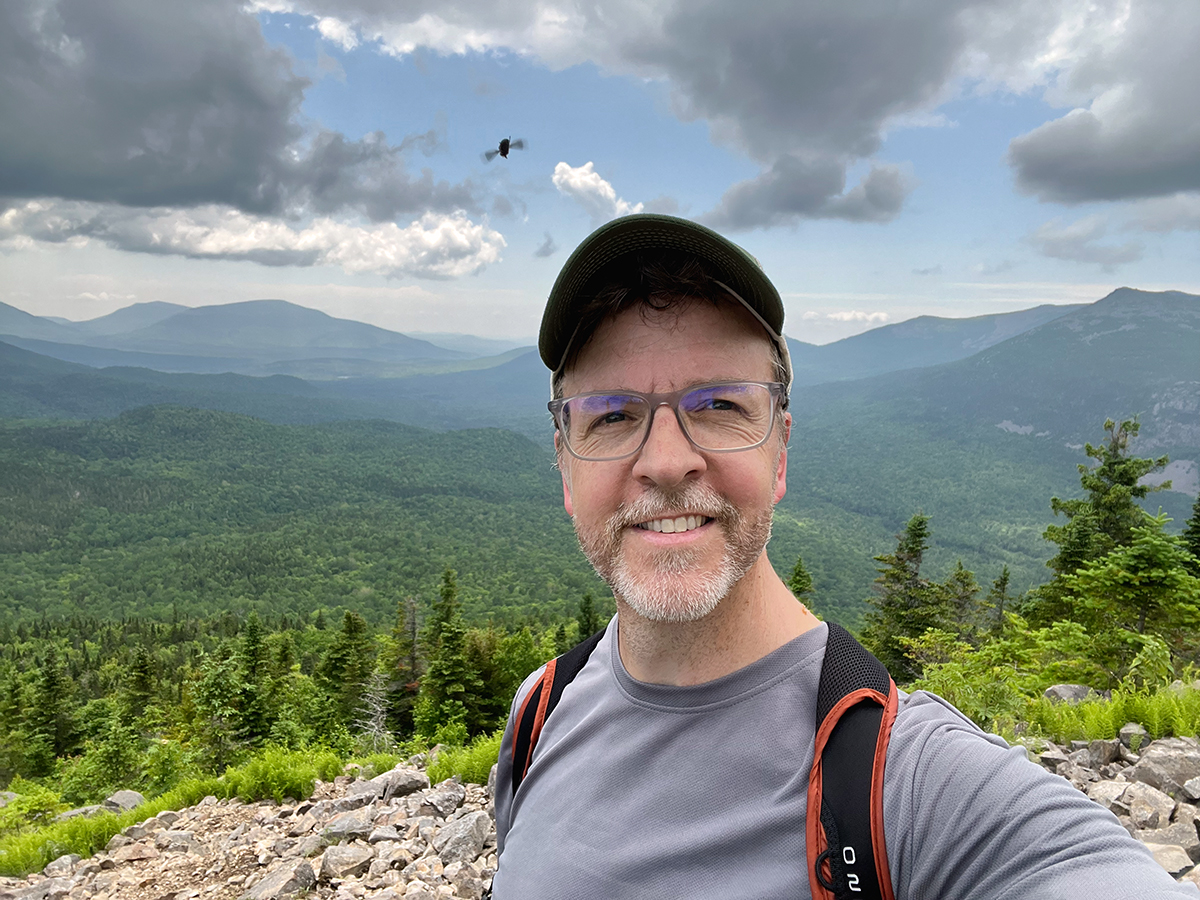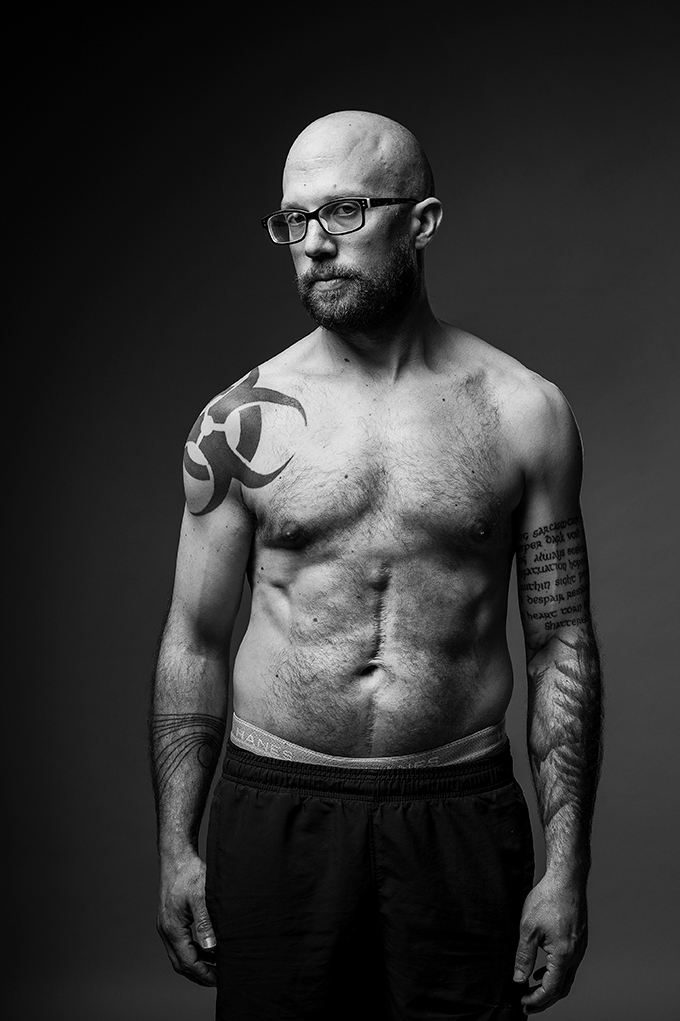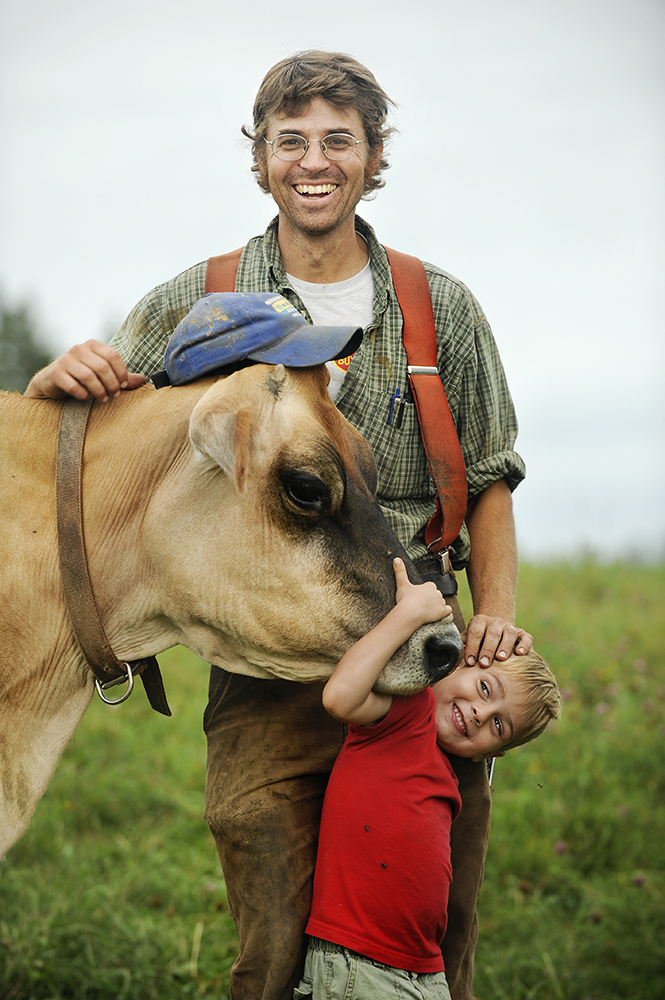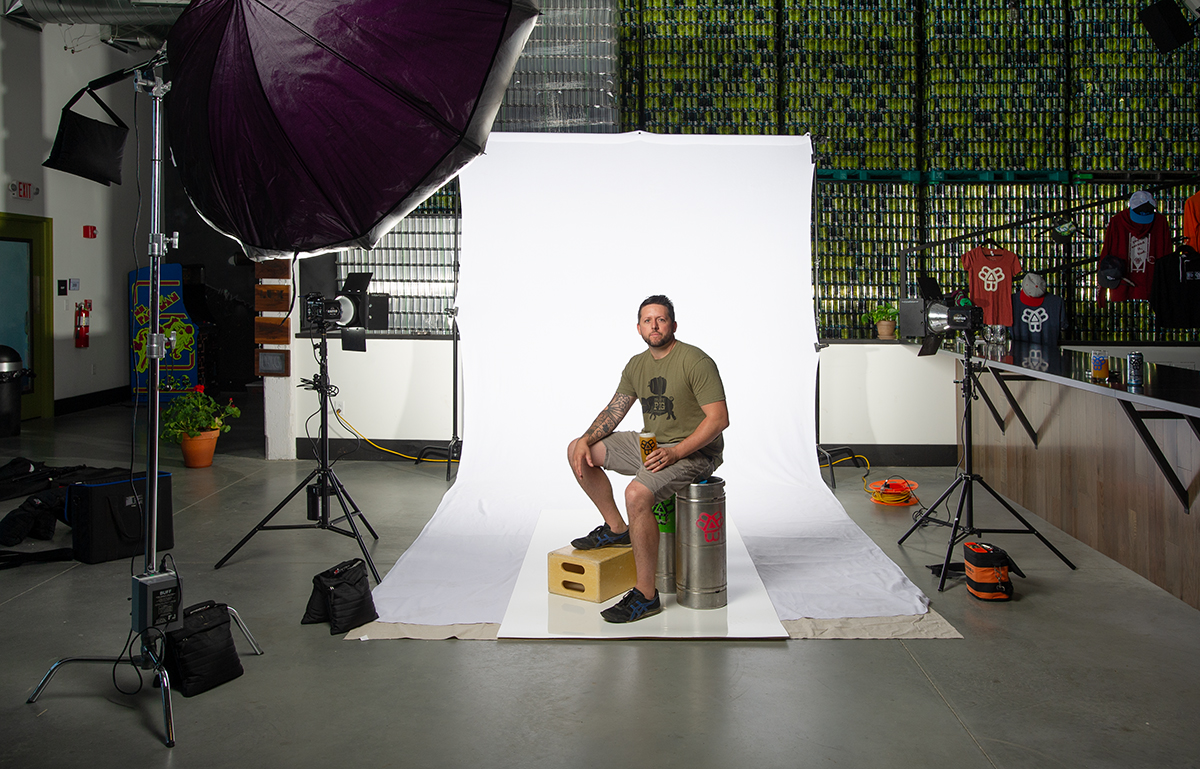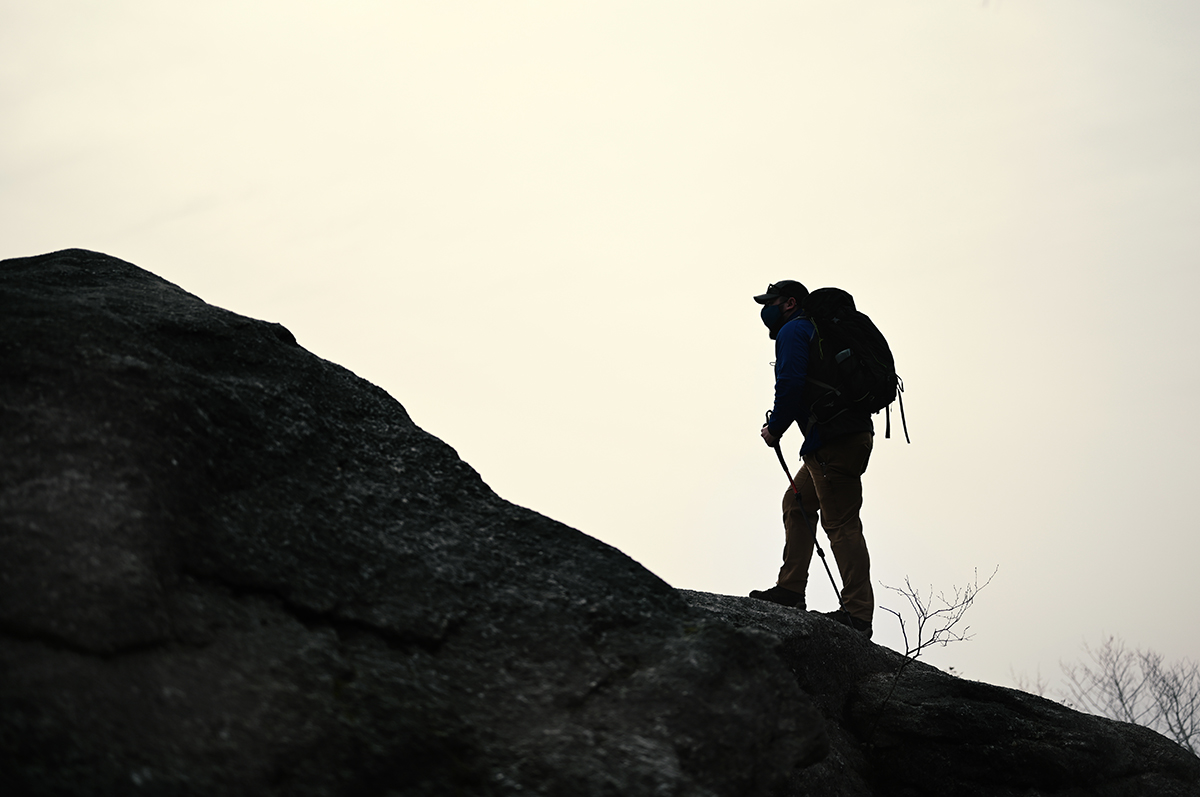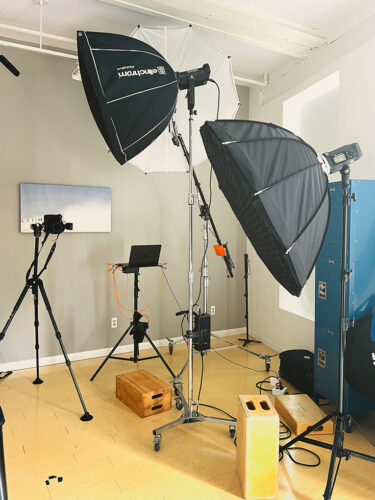
Yesterday afternoon, I found myself randomly picking up photographic gear—a power cord here, a light meter there, a reflector, stowing a canvas backdrop—and I realized I was way too tired to finish.
I’d spent the last three hours photographing and interviewing a man I barely knew, diving into one of the most traumatic events of his life: his diagnosis and treatment for kidney cancer. It left him with a body carved by deep scars and other, less visible wounds. Every detail of his experience so firmly etched into his mind that he’ll never forget them—down to the type and order of food he had each time he was in the hospital. “It kind of feels like PTSD,” he said, with what could have been a smile—or maybe a wince. “That’s exactly what it is,” I replied.
Later as I packed up my gear, my studio looked like a camera shop after a direct hit by a tornado. I reflected on how fortunate I am each time I’m allowed, with my microphone and lens, into someone’s most private inner world. It’s a trust that’s both shocking and deeply humbling. Once you hear someone’s story, you become the keeper of a sacred trust. It’s now part of your story, and what you choose to do with it matters. When you connect with someone in this way, you’re left a bit raw and exposed. It’s messy, just like the chaos of my studio, filled with reminders of the session that just was. When you connect in this way—exchanging stories of truth—you’re both fully involved in creating a new story, a new understanding. I’m grateful to be connected in this way, both through the camera and in spite of it. What emerges, whatever else, is a truth.
This discipline, this art, this field is unlike any other. That’s why I still do it, day after day, decades after buying my first camera–a Pentax K1000, at K-Mart. The tools change, but the parts that matter still matter.

